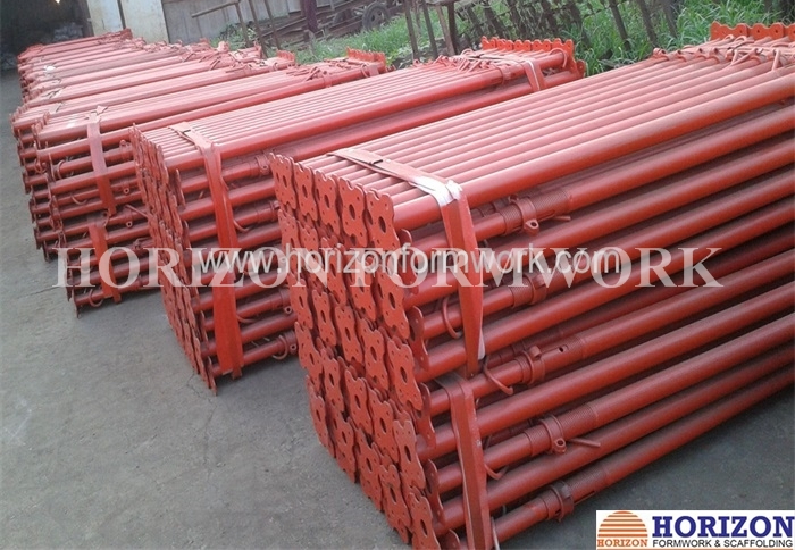Dec . 10, 2024 23:35 Back to list
China's Rebar and Formwork Industry Trends and Innovations in Construction
The Importance of Rebar and Formwork in Construction A Comprehensive Overview
In the construction industry, the strength and durability of structures largely depend on two critical components rebar and formwork. Specifically, in China, where rapid urbanization and infrastructure development are taking place, understanding these elements' roles is paramount for architects, engineers, and builders alike.
What is Rebar?
Rebar, short for reinforcing bar, is a steel bar that is used to reinforce concrete structures. Its primary function is to provide tensile strength, compensating for the inherent weakness of concrete in tension. Concrete is an excellent material for compression but can fail under tensile stress, which is where rebar comes into play. By incorporating rebar into concrete elements like beams, columns, and slabs, structures benefit from improved structural integrity and resistance to various loads.
The Role of Formwork
Formwork, on the other hand, refers to the temporary or permanent molds used to hold concrete in its intended shape until it hardens. Formwork serves not only to shape the structure but also to support the weight of the concrete during the curing process. It can be made from various materials, including plywood, steel, or plastic, and its design varies depending on the complexity and requirements of the project.
The Synergy Between Rebar and Formwork
The interaction between rebar and formwork is fundamental in achieving high-quality concrete structures. During the construction phase, rebar is placed within the formwork in designated patterns and configurations, which depend on the engineering specifications of the project. Proper placement of rebar is essential as it must not only be securely anchored but also adequately covered by concrete to prevent exposure and corrosion. The formwork must be robust enough to handle the weight of the wet concrete and align the rebar correctly to maintain the desired structural design.
china rebar formwork

Challenges in the Construction Process
Despite their importance, there are challenges associated with using rebar and formwork in construction. One significant issue is the risk of corrosion, especially in regions with high humidity or exposure to saltwater. Corroded rebar can lead to the deterioration of concrete, jeopardizing the structural integrity of buildings and bridges. To combat this, construction professionals often use epoxy-coated or stainless steel rebar, which enhances longevity.
Additionally, formwork must be carefully designed and constructed to withstand the hydrostatic pressure exerted by the wet concrete. Poorly executed formwork can lead to failures, necessitating costly repairs and delays. Therefore, adequate planning, material selection, and construction practices are fundamental in ensuring that both rebar and formwork support the desired outcomes.
Current Trends and Innovations
The construction industry continues to evolve, with new technologies improving the efficiency and effectiveness of rebar and formwork practices. One notable trend is the increasing use of precast concrete elements, which incorporate rebar and are manufactured off-site, allowing for faster construction times and improved quality control.
Additionally, the adoption of digital modeling and simulation tools enables architects and engineers to optimize the design and placement of rebar within formwork. This trend minimizes waste and enhances structural performance, ultimately leading to more sustainable building practices.
Conclusion
In summary, rebar and formwork play essential roles in the construction industry, particularly in a rapidly developing country like China. Their successful integration is vital for ensuring the safety, durability, and longevity of structures. As advancements in technology continue to reshape the construction landscape, ongoing education and adaptation are crucial for professionals in the field. This synergy between rebar and formwork not only meets the demands of today’s construction projects but also paves the way for innovative solutions in the future.
-
High-Quality U Head Jack Scaffolding – Reliable Scaffolding Jack Head Manufacturer & Factory
NewsJul.08,2025
-
High-Quality I Beam H20 Leading Timber Beam H20 Material Factory, Exporters & Manufacturers
NewsJul.08,2025
-
High-Quality Powder Coating Steel Formwork - Durable & Corrosion Resistant Solutions
NewsJul.07,2025
-
Inclined Column Formwork Supplier – Durable & Precise Solutions for Unique Structures
NewsJul.07,2025
-
High-Quality Water Stop Solutions Trusted Water Stop Company & Suppliers
NewsJul.07,2025
-
High-Quality Formwork Material Supplier Reliable Manufacturer & Factory Solutions
NewsJul.06,2025